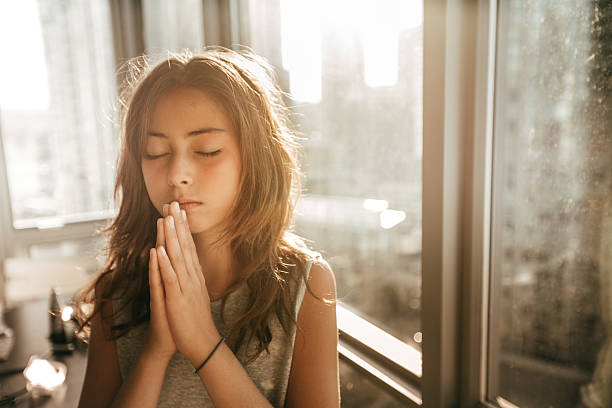- Have any questions?
- hello@upliftingandinspiringcontent.com
fxxx.club flexible petite teen pussyfucked. hqsexvideos.net annie is a wild latina. handsome homo lads like to get their ass holes stuffed.pornpals club
xxx videos wife shit stained hairy arsehole inspection.
seeking porn
www.xxx-videos.monster
Techniques to Bring Meditation Closer to Children

Some Toxic Habits That Drain Your Energy
April 13, 2020
10 Ways to Sleep Better Naturally
April 23, 2020Techniques to Bring Meditation Closer to Children

We often think of meditation techniques as something meant for adults because they are complex and/or require discipline. Also, we assume that children do not need this type of methods since their lives are much easier. The reality is that bringing meditation closer to children from a young age will help integrate this practice into their routine which will provide significant benefits them
Meditating should not be complicated or tedious, since it is about reaching a state of deep relaxation, calm and well-being, focusing on the present. Putting this into words may seem impossible to achieve in children who are always eager and wanting lots of stimulations. However, there are several ways in which we can adapt this beneficial practice to the little ones.
Benefits of meditation for children

Meditation is a habit that helps regulate the emotional state. It promotes a general feeling of calm and reduces anxiety. But it also enhances the ability to respond appropriately to adverse situations.
At their level, kids also have to deal with emotions such as fear, sadness, anger, or frustration. Practicing meditation regularly will make it easier for them to get in touch with their feelings, become familiar with them, and learn to manage them more consciously and less impulsively.
Techniques to bring meditation closer to children
Breathing, music, and gratitude

If there is an essential element in meditation, it is breathing. Breathing can create the difference between a state of anxiety and a state of calm. Therefore, the main thing is to teach children to take deep and diaphragmatic breathing.
For this, we have to encourage them to bring the air to the lower part of their lungs, making their abdomen rise and fall to the rhythm of breathing. Also, it must follow a certain cadence, inhaling for three seconds, retaining the air for another three and slowly exhaling for another three seconds.
If we accompany this simple exercise with melodic and calming music in the background, we will achieve that state of tranquility and presence that we seek.
It can serve to regulate nervousness or to induce sleep at night. But it is also possible to use it to start the day in a positive mood. To do this, each morning, take a few minutes to breathe deeply with your child and be grateful for something that makes you as a family happy.
Guided meditations

We cannot pretend that it is difficult for a young child to sit quietly for half an hour with his/her eyes closed. Soon the child will get bored and end up seeing meditation as tedious. However, we can help with guided meditations to arouse the child’s interest or curiosity.
As children grow older, we can begin to introduce them to the habit of focusing on, recognising, and modifying their bodily reactions to manage their anxiety.
The Koeppen relaxation technique may be appropriate in the early years, as it facilitates exercise with games and fun mental images. However, later, the minor can become more aware of what is intended with meditation and do it without the need for games.
Other alternatives to bring meditation closer to children

When selecting the most appropriate technique to start meditating with our children, we must forget certain prejudices. Meditating is not just sitting cross-legged and remaining silent. Any activity that helps us connect with ourselves, with our environment and with the present, will be beneficial.
So, if your child prefers more active options, you can choose to take walks in nature, focusing on what is perceived: the colours, the smells, the sounds, the breeze. You can also encourage the child to sing a song that contains positive messages.
You can also propose to draw a painting in which your child can express his/herself freely. Any activity that helps the child focus on the present, and his feelings will be positive.
Did you find this post useful? Do you agree with this trend of thoughts?
xxx videos
he leaves and mature lesbian seduces her.http://frpornosexe.com
amateur teen ebony tasted. www.onlychicas.net





2 Comments
[…] Read: Techniques to bring meditation closer to children […]
[…] Read: Techniques to bring meditation closer to kids […]